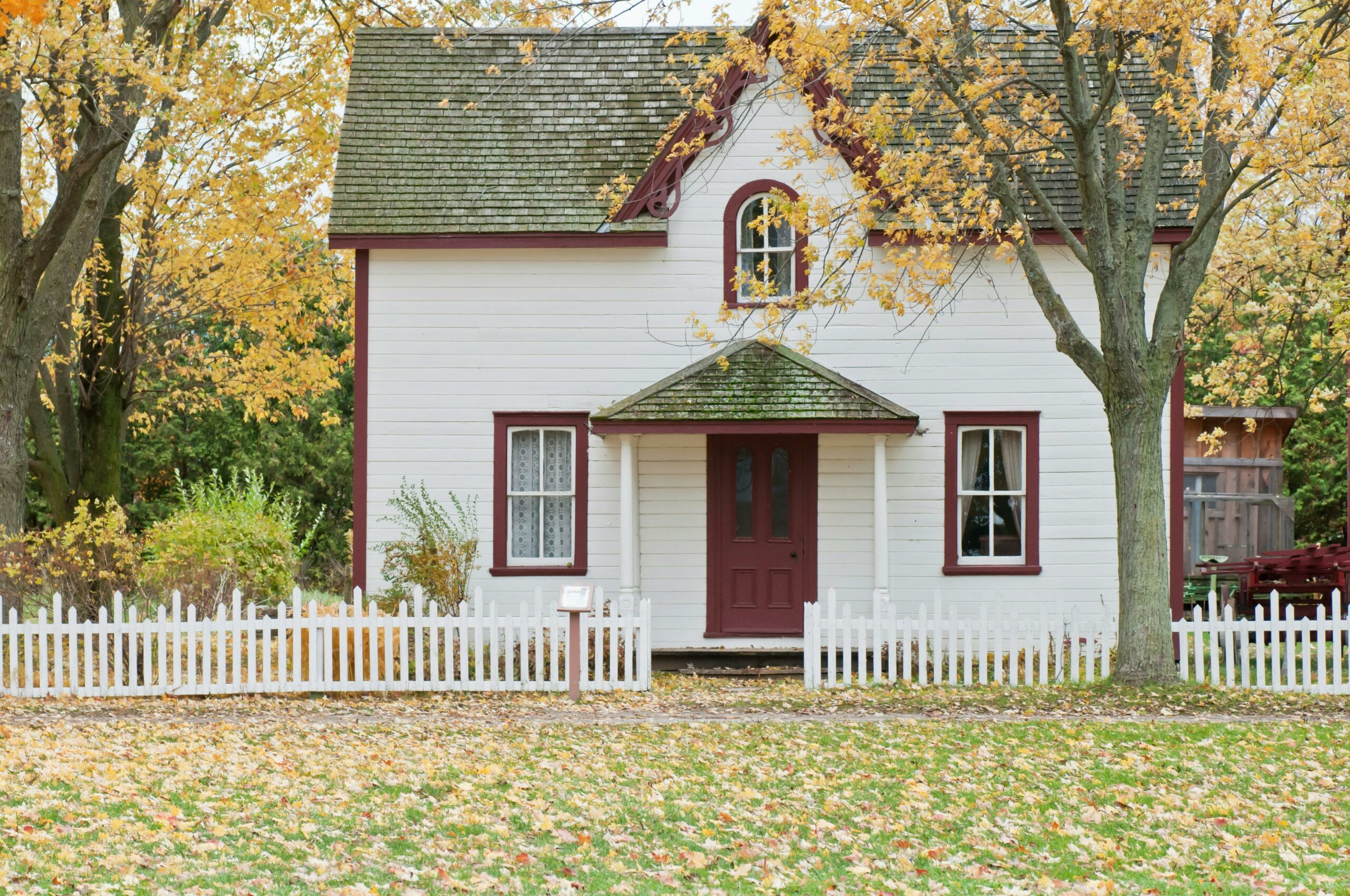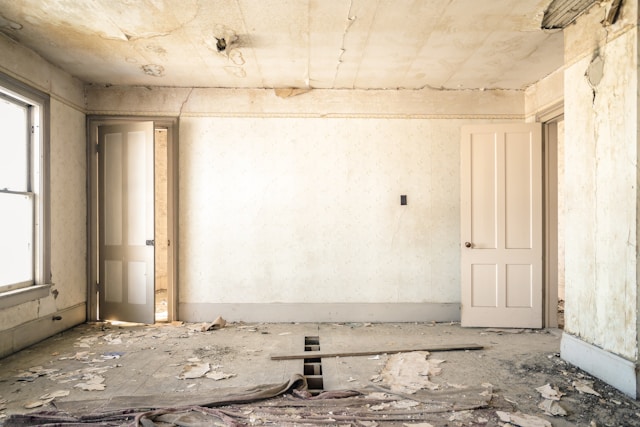
Buying a fixer-upper can be an exciting yet daunting venture. These properties often come with the promise of great potential, but they also require significant work to bring them up to standard. If you’ve recently purchased a fixer-upper, congratulations! Now, let’s walk through the steps you should take to ensure your investment transforms into your dream home.
1. Assess the Condition
The first step after buying a fixer-upper is to thoroughly assess the property’s condition. Even if you had an inspection done before purchasing, it’s essential to go through the house again with a more detailed eye. Create a comprehensive list of everything that needs attention, from minor cosmetic issues to significant structural repairs.
Key Areas to Inspect:
- Foundation and Structure: Look for cracks in the foundation, uneven floors, or other signs of structural issues.
- Roof: Check for missing shingles, leaks, or other damage.
- Plumbing and Electrical Systems: Ensure these systems are up to code and functioning properly.
- Windows and Doors: Look for drafts, broken panes, or frames that need replacing.
- HVAC System: Test the heating and cooling systems to ensure they work efficiently.
2. Prioritize Repairs
Once you have a detailed list of repairs, prioritize them. Some issues will be more urgent than others. Safety concerns, such as faulty wiring or structural issues, should be addressed first. Cosmetic changes, like painting or landscaping, can usually wait until the more pressing repairs are completed.
Prioritization Tips:
- Safety First: Any issues that could pose a risk to your health or safety should be at the top of your list.
- Prevent Further Damage: Address problems that, if left unattended, could lead to more significant damage, such as roof leaks or plumbing issues.
- Enhance Functionality: Focus on repairs that will make the home more livable and functional, such as fixing the HVAC system or updating the electrical panel.
3. Set a Budget
Renovating a fixer-upper can be expensive, so it’s crucial to set a realistic budget. Take into account the cost of materials, labor, permits, and any unexpected expenses that may arise. Having a clear budget will help you make informed decisions about what repairs and upgrades you can afford.
Budgeting Tips:
- Get Multiple Quotes: Before hiring contractors, get several quotes to ensure you’re getting a fair price.
- Allocate for Contingencies: Set aside 10-15% of your budget for unexpected expenses.
- Prioritize High-Impact Improvements: Focus on changes that will add the most value to your home.
4. Develop a Renovation Plan
With your priorities and budget in place, it’s time to develop a detailed renovation plan. This plan should outline the scope of work, timeline, and who will be responsible for each task. Whether you’re hiring contractors or planning to do some of the work yourself, having a clear plan will help keep the project on track.
Steps to Creating a Renovation Plan:
- Define the Scope of Work: List all the tasks that need to be completed.
- Create a Timeline: Estimate how long each task will take and set realistic deadlines.
- Assign Responsibilities: Decide which tasks you’ll handle yourself and which will require professional help.
- Obtain Permits: Ensure you have the necessary permits for any work that requires them.
5. Hire the Right Professionals
Hiring the right professionals can make or break your renovation project. Take your time to find reputable contractors, electricians, plumbers, and other tradespeople. Look for professionals with experience in renovations and good reviews from previous clients.
Tips for Hiring Professionals:
- Check References: Ask for references and follow up with past clients to gauge their satisfaction.
- Verify Credentials: Ensure the contractors have the necessary licenses and insurance.
- Review Contracts Carefully: Before signing any contracts, review the terms carefully to avoid any misunderstandings.
6. Start with Essential Repairs
Once you have your team in place, start with the most critical repairs. This typically includes addressing structural issues, repairing the roof, updating electrical and plumbing systems, and ensuring the HVAC system is in good working order. These repairs are essential for making the home safe and habitable.
Essential Repairs to Focus On:
- Foundation and Structural Repairs
- Roof Repairs or Replacement
- Electrical System Upgrades
- Plumbing System Repairs
- HVAC System Maintenance or Replacement
7. Tackle Cosmetic Upgrades
After completing the essential repairs, you can start focusing on cosmetic upgrades. These improvements will make your home more visually appealing and can significantly increase its value. Common cosmetic upgrades include painting, flooring, kitchen and bathroom remodels, and landscaping.
Popular Cosmetic Upgrades:
- Painting: Fresh paint can dramatically change the look and feel of your home.
- Flooring: Consider replacing old carpet or linoleum with hardwood, tile, or modern carpeting.
- Kitchen Remodel: Update cabinets, countertops, and appliances to create a more functional and stylish kitchen. Shaker Style Cabinets are very popular.
- Bathroom Remodel: Replace outdated fixtures and tiles to create a spa-like retreat.
- Landscaping: Improve your home’s curb appeal with new plants, a well-maintained lawn, and outdoor lighting.
8. Stay Organized
Throughout the renovation process, staying organized is crucial. Keep track of all expenses, receipts, contracts, and permits. Maintain a project timeline and update it regularly to ensure everything stays on schedule.
Organization Tips:
- Use Project Management Software: Tools like Trello or Asana can help you keep track of tasks and deadlines.
- Keep a Renovation Journal: Document your progress, including before-and-after photos and notes on what’s been done.
- Maintain Open Communication: Regularly communicate with your contractors and team members to address any issues promptly.
9. Prepare for the Unexpected
Even with meticulous planning, unexpected issues can arise during a renovation. Be prepared to adjust your plan and budget as needed. Flexibility and problem-solving skills will be essential to navigating these challenges.
Common Unexpected Issues:
- Hidden Damage: Unseen problems, such as mold or termite damage, may be discovered during the renovation.
- Delays: Weather, supply shortages, or contractor availability can cause delays.
- Cost Overruns: Some repairs may end up costing more than initially estimated.
10. Enjoy Your New Home
Once the renovations are complete, take the time to enjoy your new and improved home. Hosting a housewarming party can be a great way to celebrate your hard work and share your accomplishment with friends and family.
There You Go
Buying a fixer-upper is a significant undertaking, but with careful planning, budgeting, and the right team of professionals, you can turn a run-down property into your dream home. The journey will undoubtedly come with challenges, but the reward of creating a beautiful, functional space that reflects your style and needs is well worth the effort. Remember to take it one step at a time, prioritize essential repairs, and stay flexible as you navigate the renovation process.




